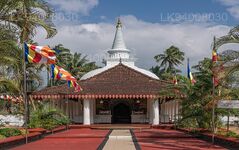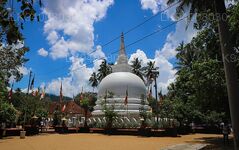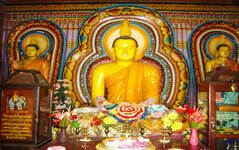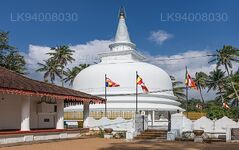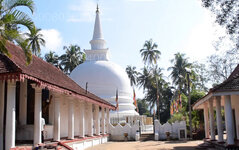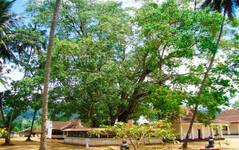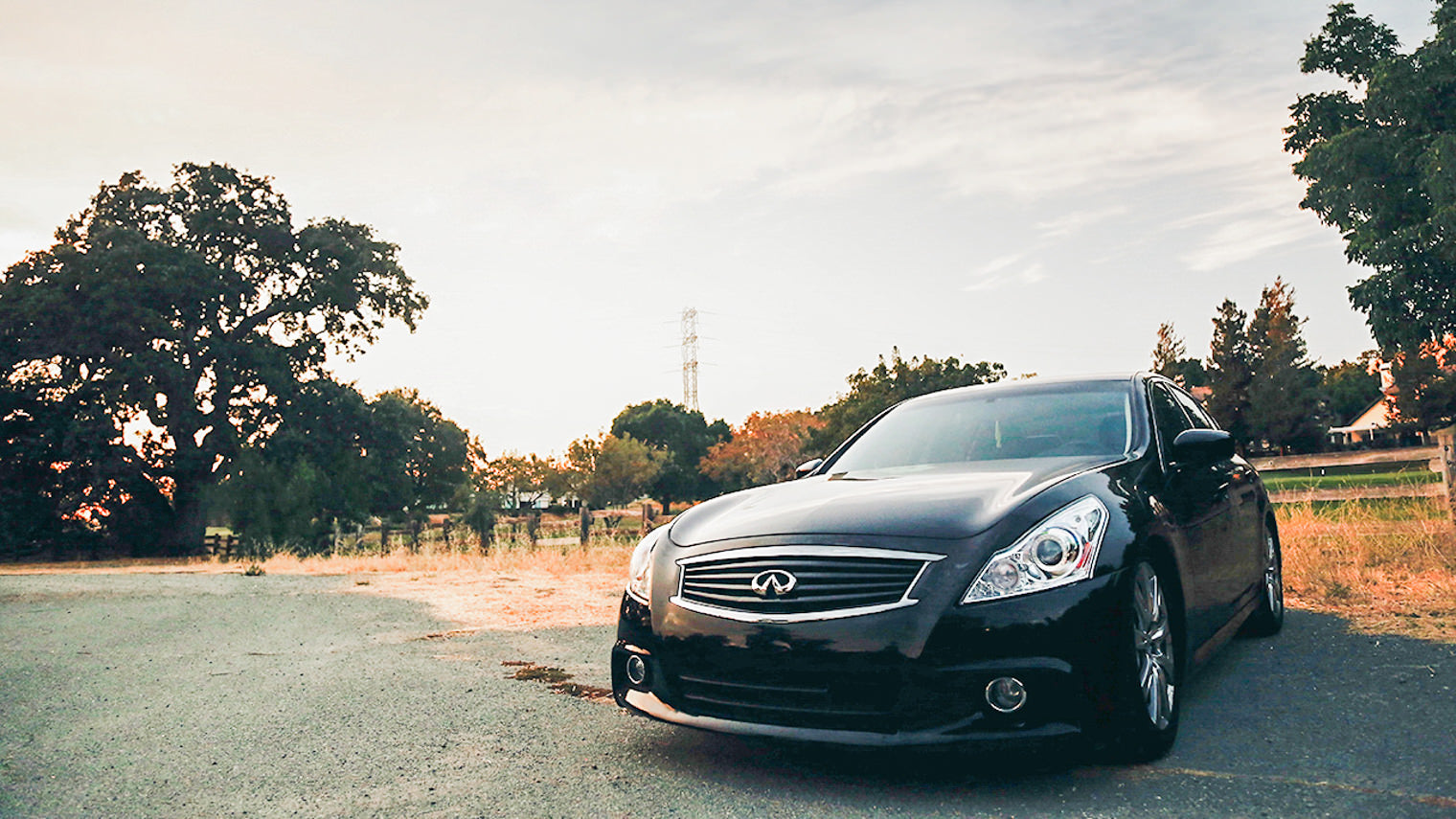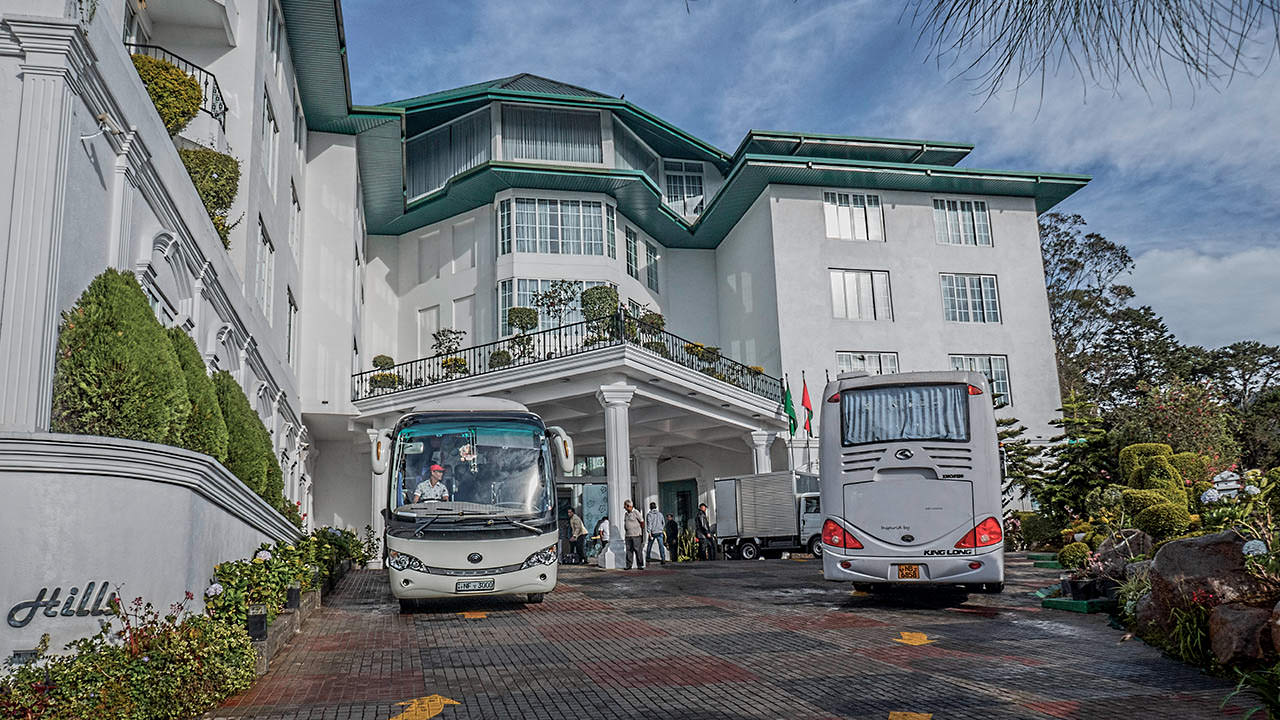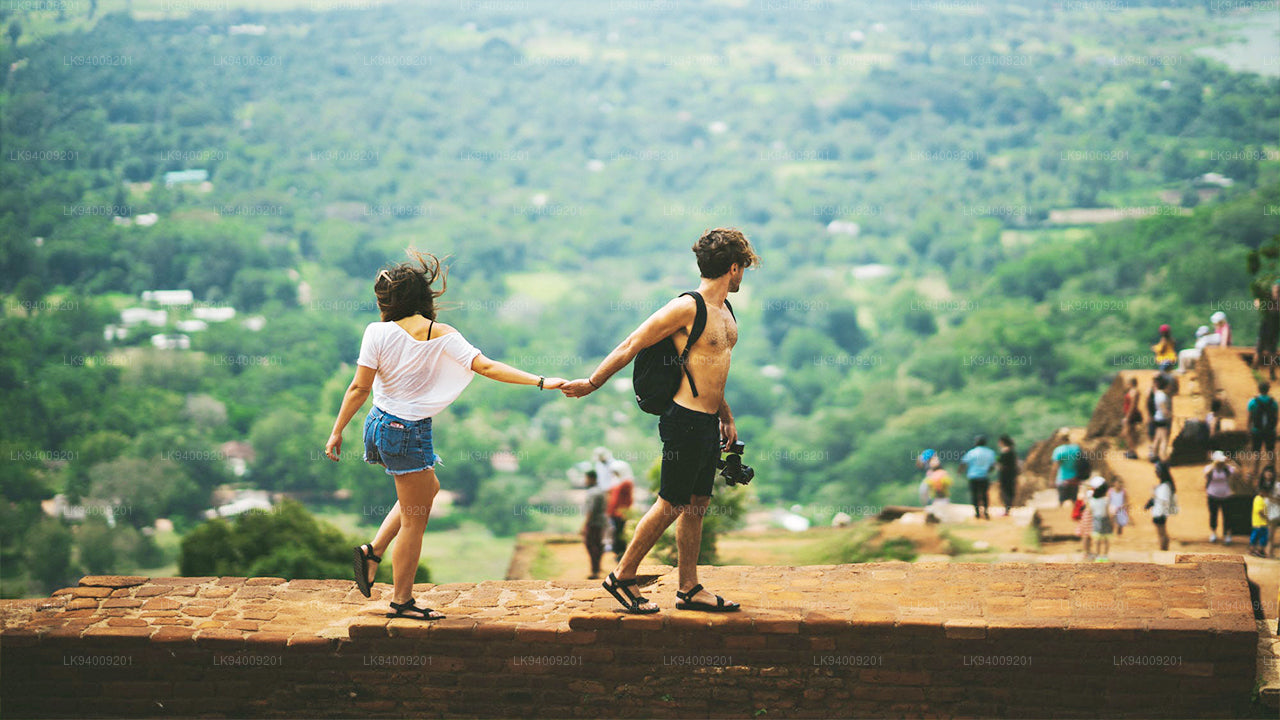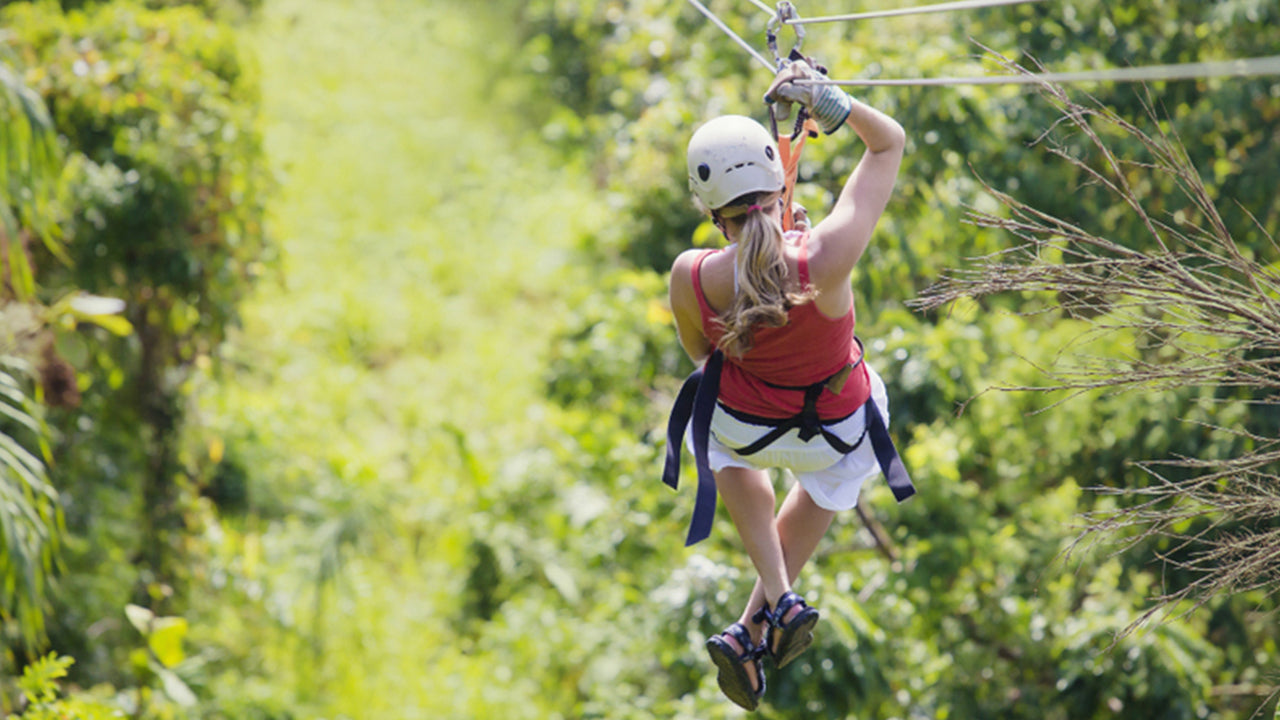
Badulla City
Badulla: Scenic town in Sri Lanka's hill country, surrounded by lush tea plantations and offering picturesque landscapes, waterfalls, and cultural sites.
Muthiyangana Raja Maha Vihara
Muthiyanganaya Raja Maha Viharaya lies in the centre of the city of Badulla. The History of this temple goes back to the time of Buddha but this area around Badulla (especially Uva Province) goes way back in to the time of 19th -18th century BCE. Emperor Rawana was ruling this country with Badulla as the capital. It is also believed that the War of Rama and Rawana took place in this area. There are many places and names which identify this area as one of Rawana’s capitals; Seetha Eliya, Seetha Kotuwa, and Rawana Ella as described in Ramayana. It is said that the Rawana finally lost the war and his defector brother Vibishana took the capital to Kelaniya and the Uva gradually got lost in history until the 5th century.
The Buddha and 500 Arhants visited this Island for the third time on the invitation of Naga King Maniakkhitha to Kelaniya. On that visit, Buddha came to Badulla on the invitation of King Indaka (now elevated to the Deity status), ruler of the Namunukula Mountain Range. King Indaka built a Stupa enshrining some hair and Mukthaka Dathu (drops of sweat turned in to pearls) of the Buddha on the location where Buddha made his sermons. This is the birth of the Muthiyanganaya Stupa. Since then this Stupa and the temple has been expanded, reconstructed and renovated by many kings.
The `Thorana’ of a unique design of six levels at the entrance of the temple is of an unknown period. First level includes the main entrance and above it on the second level is a typical Makara (dragon) Head. On the sides of the head are two guard figures and at the corners are two lion figures. On the third level there are two `Vamana’ figures and at the edge two animals probably lions. These figures are not as clear as the lion figures on the second level. On the centre of the third level is a high stand which goes right up to the fourth level on it are two bulls and the special features of these bulls are that they are decorated and have large humps. Such bulls are a feature of Hinduism and this feature indicates some influence of Hinduism in the making of this structure. Lastly and on top of the fifth level is a seated Buddha statue. The fifth is dedicated to the Buddha statue. The peacocks at the sixth level complete the outline of the k structure. At the entrance is a colourful `Makara Thorana’. Right above the entrance and below the dragon head is a P figure of Maitre Bodhisattva. On the right hand side of the Image house is a statue of Deity Indaka, the protector of the Muthiyanganaya Holy Ground and the Namunukula Mountain Range. On the right is the statue of Maitre Bodhisattva. k. Passing the Image House you come to the holiest structure of the temple, the Stupa which enshrines the hair and the Mukthaka Dathu of Buddha. The initial stupa built by the Deity Indaka in the 5th century BCE has been enlarged by e King Devanampiyatissa (150-210 BCE) of Anuradhapura Era.
Special places in Badulla
-
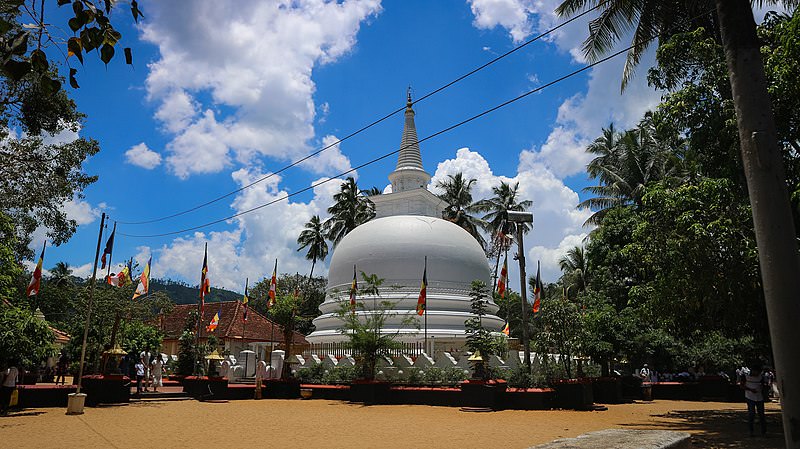 Muthiyangana Raja Maha Vihara
Muthiyangana Raja Maha ViharaMuthiyanganaya Raja Maha Viharaya lies in the centre of the city of Badulla. The History of this temple goes back to the time of Buddha but this area around Badulla goes way back in to the time of 19th -18th century BCE.
-
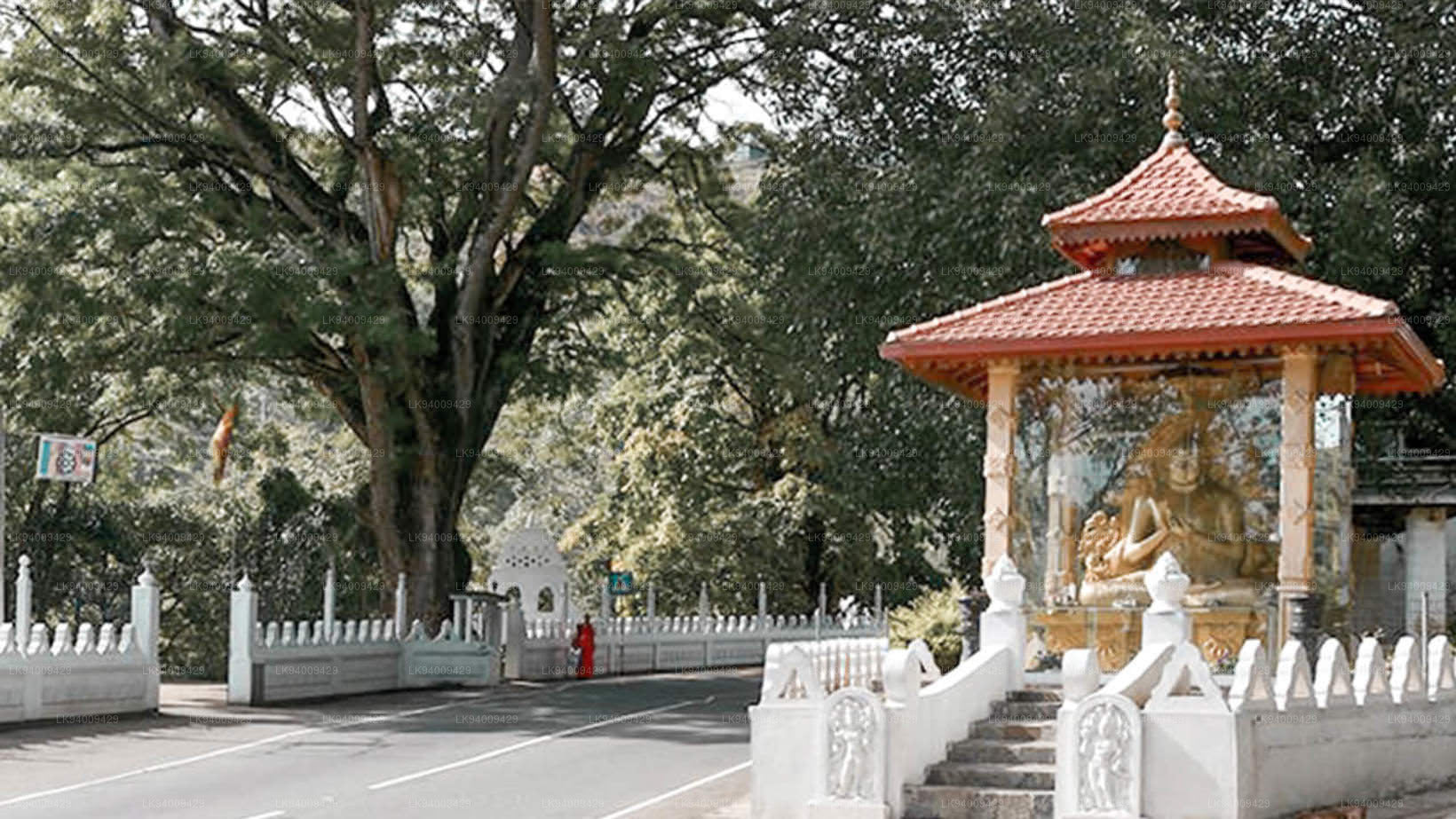 Dowa Raja Maha Viharaya
Dowa Raja Maha ViharayaDowa Raja Maha Viharaya (Dowa Cape Temple) lies few kilometres away from the Bandarawela town on the Bandarawela – Badulla Road. This temple is thought to be done by King Walagamba in the in first century BC.
-
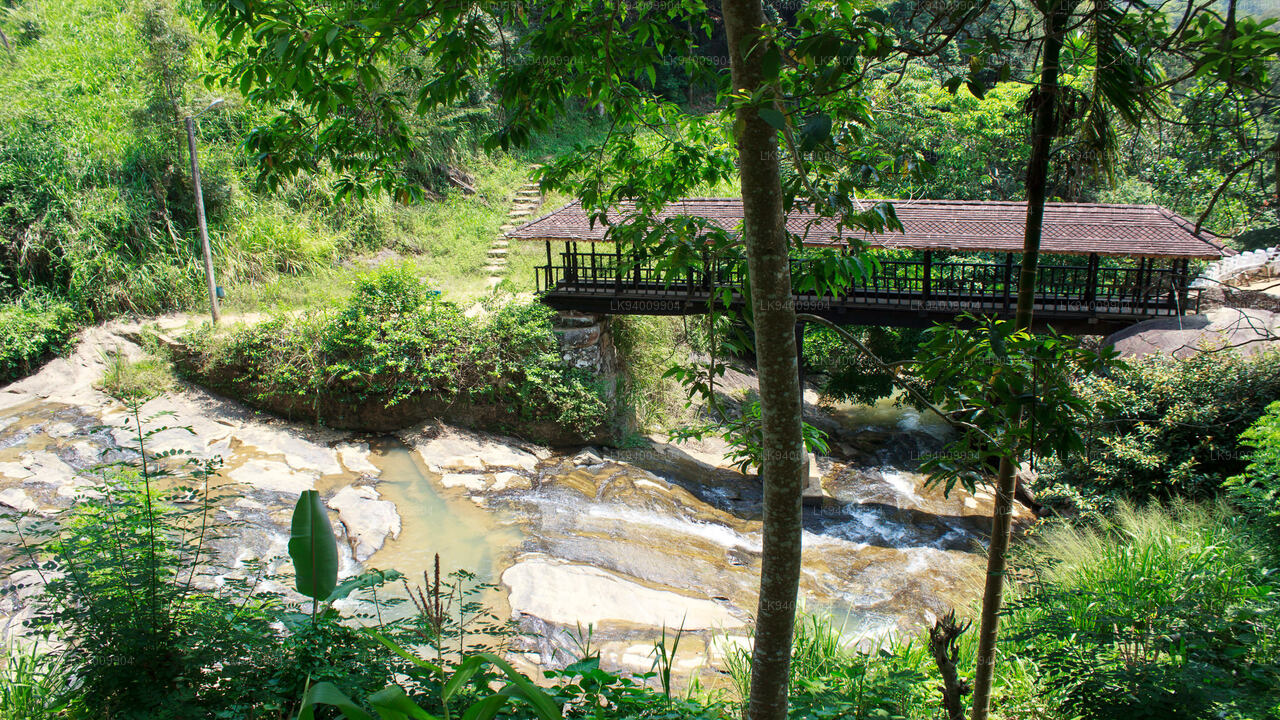 Bogoda Wooden Bridge
Bogoda Wooden BridgeThe Bogoda Wooden Bridge was built in the 16th century during the Dambadeniya era. This is said to be the oldest surviving wooden bridge in Sri Lanka. The bridge is situated at 7 kilometres (4.3 mi) west of Badulla.
-
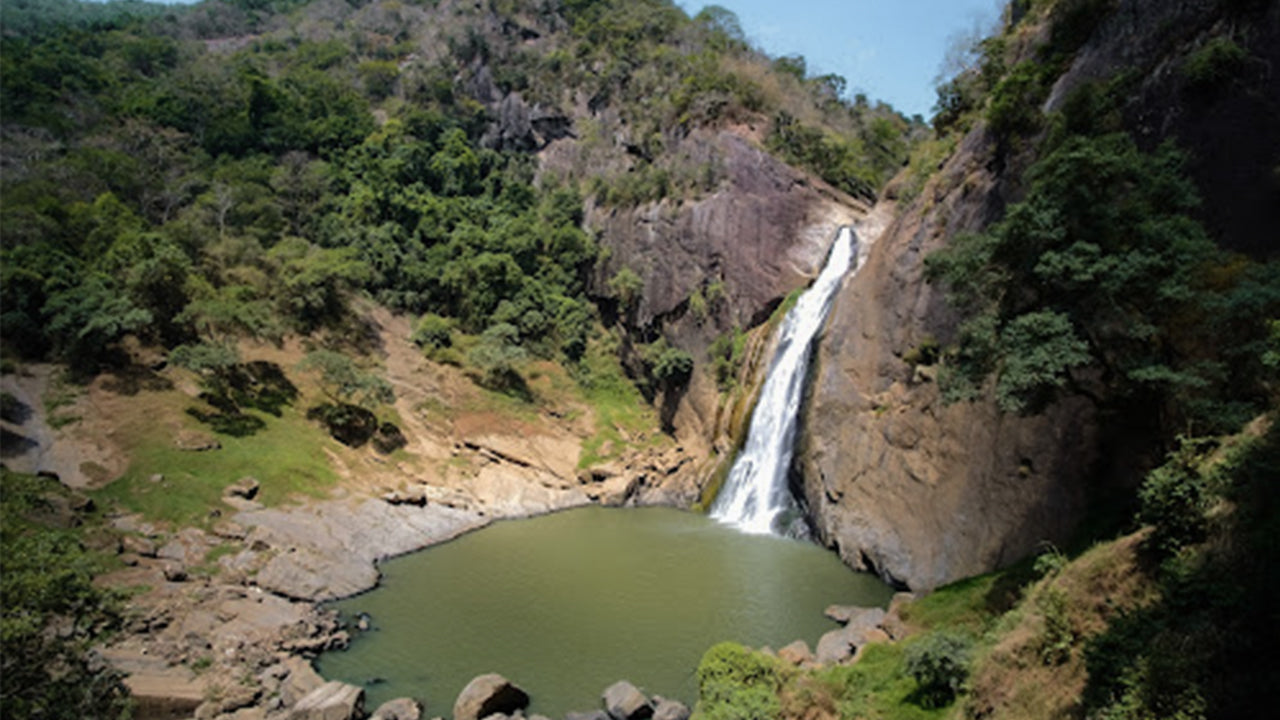 Dunhinda Falls
Dunhinda FallsDunhinda Falls is situated about 5 km away from Badulla town. It is 63 meters high and is considered to be one of the most beautiful waterfalls in Sri Lanka. The falls gets its name dew to the smoky dew drops spray.
About Badulla District
Badulla is the capital of Uva Province in Sri Lanka. Badulla is located on the southeast of Kandy, almost encircled by the Badulu Oya , about 680 meters (2200 ft) above sea level and is surrounded by tea plantations. The town is overshadowed by the Namunukula range of mountains. Badulla is about 230km away from Colombo towards the eastern slopes of central hills of Sri Lanka.
Badulla and surroundings are highly recommended for eco-tourists as Horton Plains National Park and the Knuckles mountains are few hours away.
About Uva Province
The Uva Province is Sri Lanka's second least populated province, with 1,187,335 people, created in 1896. It consists of two districts called Badulla and Moneragala The provincial capital is Badulla. Uva is bordered by Eastern, Southern and Central provinces. Its major tourist attractions are Dunhinda Falls, Diyaluma Falls, Rawana Falls, the Yala National Park (lying partly in the Southern and Eastern Provinces) and Gal Oya National Park (lying partly in the Eastern Province). The Gal Oya hills and the Central Mountains are the main uplands, while the Mahaweli and Menik rivers and the huge Senanayake Samudraya and Maduru Oya Reservoirs are the major waterways in Uva province.
【Text by Lakpura™. Images by Google, copyright(s) reserved by original authors.】

